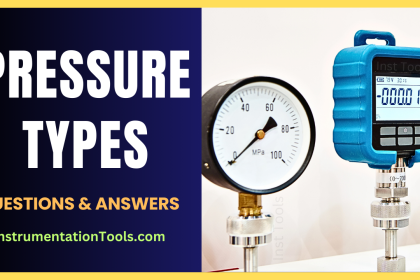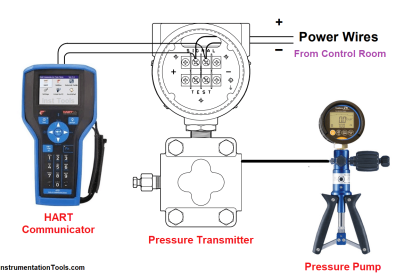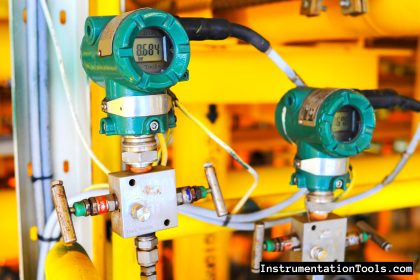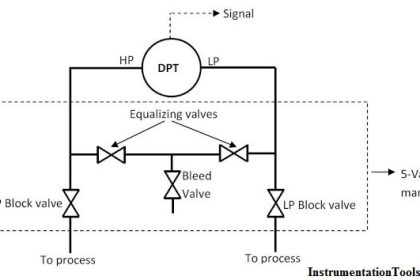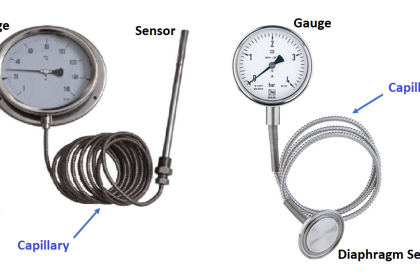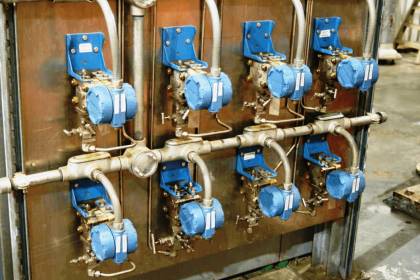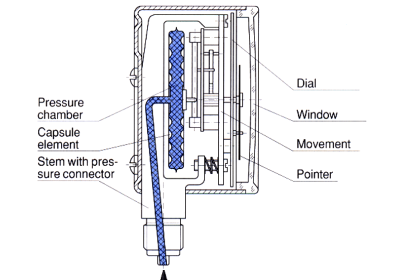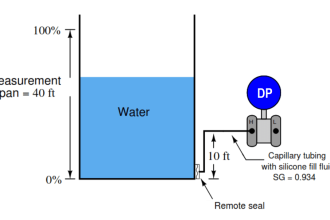Measuring the pressure of a fluid is important for determining its dynamics and working. Without this, the preceding or following instruments will face an issue in running the whole system.
This is because pressure always plays a very important role in determining system performance. The device generally used for measuring pressure is a manometer. In this post, we will see the various types of manometers.
What is a Manometer?
A manometer is an instrument device which is used to measure the pressure of a fluid with respect to atmospheric pressure. The fluid can be a liquid or a gas.
It can be simply illustrated with the help of a U-shaped tube. Fill the tube with a liquid (like water or oil), in such a way that both the sides of the tube are filled with equal height. Means, one side of the tube will have water filled till 5 mm and the other side too will have 5 mm. This level is marked as zero unit.
One side is exposed to the atmosphere (known pressure) and the other side is exposed to an unknown pressure media. Suppose this unknown pressure now forces itself into the water-filled. Due to the u-shape, the water will divert or push itself from that end to the other end which is exposed to air.
So, due to this, the air end water will be at a height of 7 mm and the pressure end water will be at a height of 3 mm. This gives a difference of 4 mm. This difference can then be converted to corresponding pressure depending on the gravity of the liquid.
This means, a high gravity will push itself slowly, whereas a low gravity will push itself quickly. Low-gravity liquids thus give more accuracy, because even a slight change in pressure causes change in the movement of liquid. This is the basic working of a manometer. It is based on the hydrostatic or standing liquid balance principle.
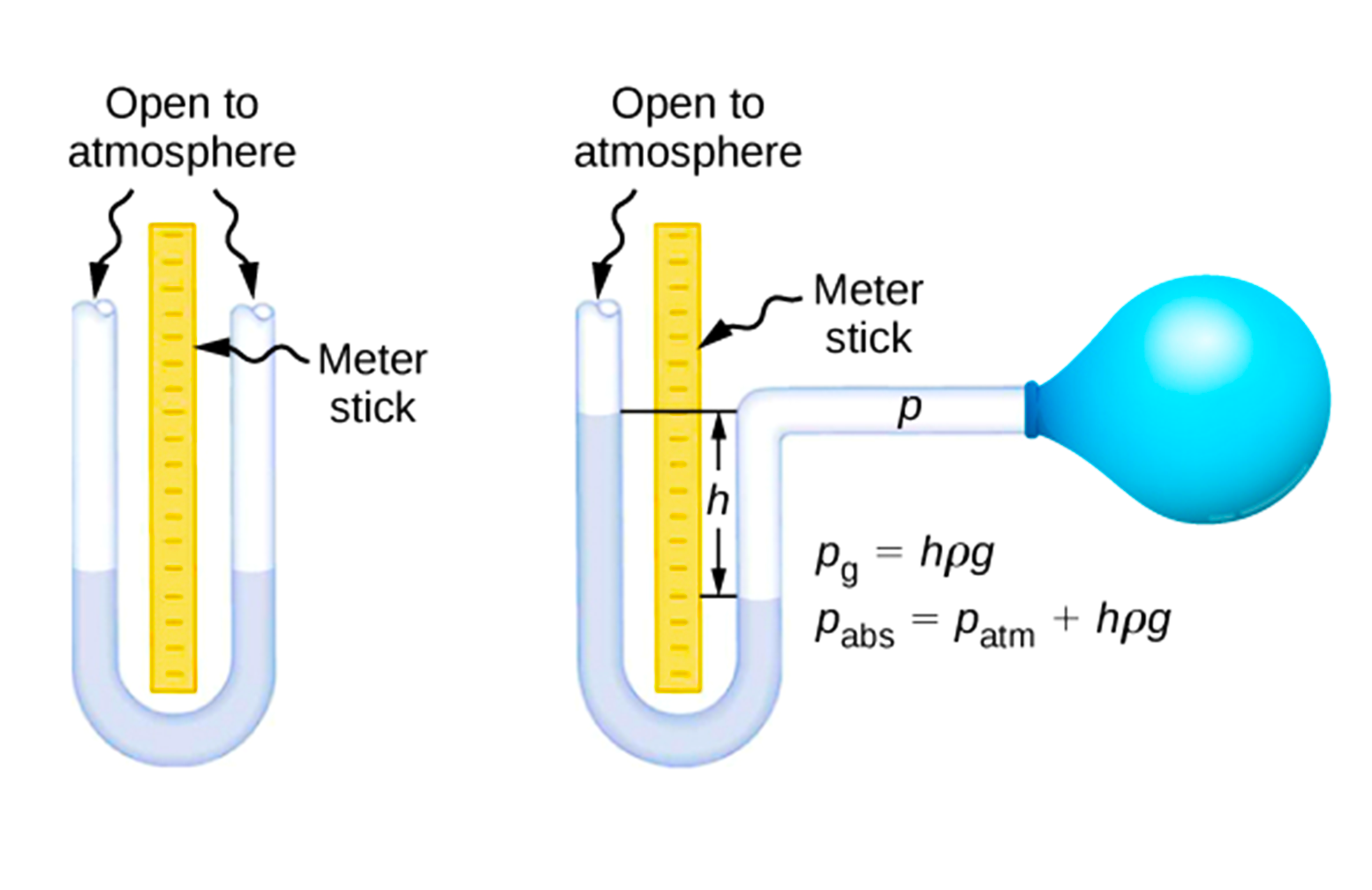
Types of Manometer
Here we will discuss the basic types of manometers.
U-type manometer
The Ut-type manometer is the one that we discussed earlier above. It is a U-shaped tube and is the easiest one to use. The tube is mainly made of glass.
Simple manometer
It is a more simplified version of u-type but with less accuracy than it. Here, one end is connected to the pressure to be measured and the other is exposed to air. But it is not a glass tube. It is a simple structure with the pressure end as a circular part.
Well-type manometer
in a well manometer, one end of the tube is kept to open air, and the other end is connected to a large well-type structure where the unknown pressure is applied.
When the pressure is applied, even a slight change causes the liquid to rise in the air end. Due to this, a change in height is observed and you get the pressure for this. Well-type provides high accuracy in case of even a slight change in pressure.
Inclined tube manometer
As compared to a well-type manometer where the open air tube is straight, the tube is inclined here in this type by 10 degrees. Due to this, accuracy is more than well type manometer in this category.
Generally, the working principle of all the manometers are the same. It just varies depending on how the construction of the tube is.
If you liked this article, then please subscribe to our YouTube Channel for Instrumentation, Electrical, PLC, and SCADA video tutorials.
You can also follow us on Facebook and Twitter to receive daily updates.
Read Next:
- Differential Pressure Transmitter
- Calculations of Pressure Calibration
- Comparison of Pressure Instruments
- Impulse Lines Installed in Slope Angle
- Manometer Measure Differential Pressure
